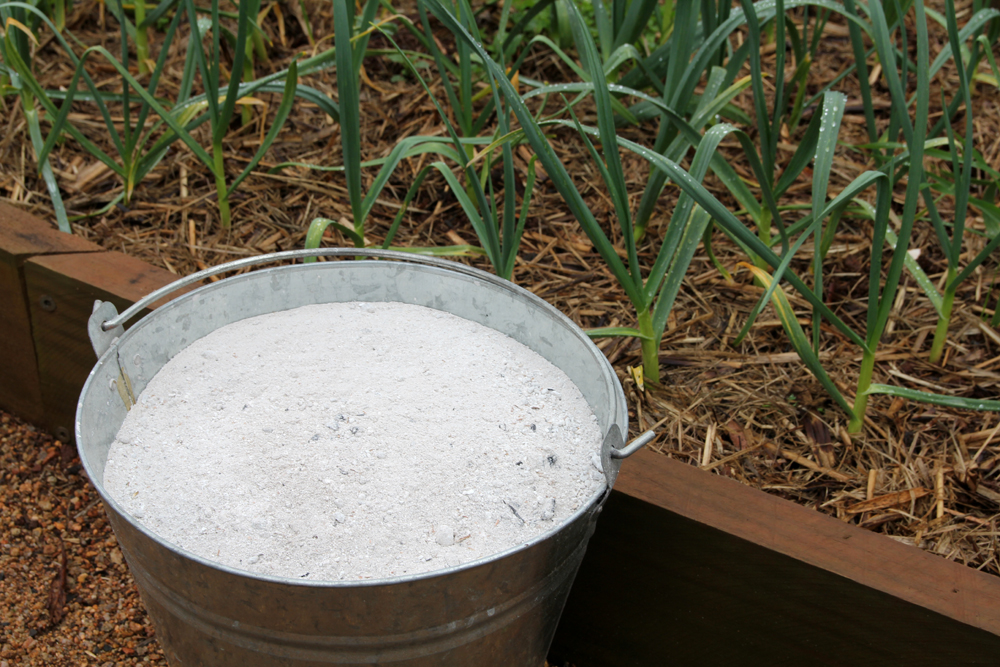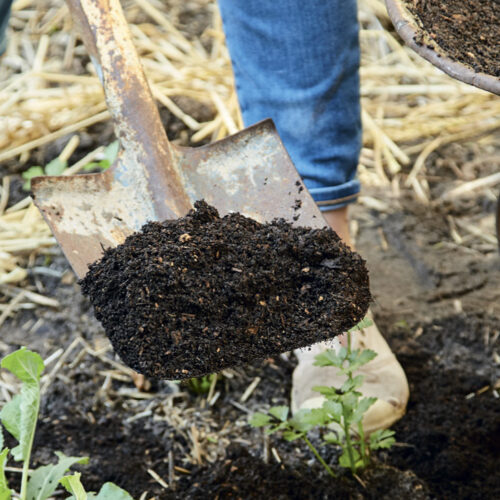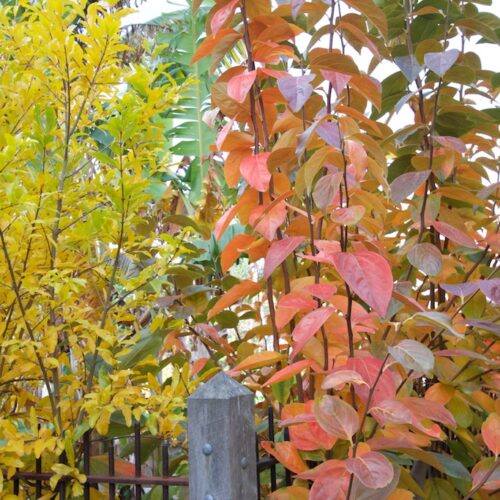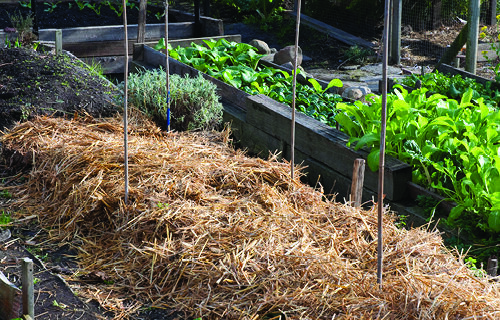How to Use Wood Ash
2012-06-26T03:29:58+10:00
Wood heating is common throughout the cooler parts of Australia, but what to do with all that ash. JUSTIN RUSSELL recommends using it in the garden.
The home fires have been kept burning pretty constantly at my place over the last few weeks, which means the slow combustion heater is producing quite a bit of wood ash. Some people throw this in the bin. But what a waste. Wood ash produced from slow burning hardwood logs is a valuable soil conditioner. I collect bucket loads from our heater each winter, and use it in a few different ways throughout the garden.
The first is as a liming agent. Wood ash contains anywhere from 25 to 45 percent calcium carbonate, depending on the timber that was used and the speed at which it was burnt, so it can be safely used as a direct replacement for garden lime. On my slightly acid soil, which has a pH of about 6-6.5, I apply the wood ash at a rate of a double handful per square metre. However this rate can be adjusted depending on the natural pH of your site soil, and the plant being grown. In one part of the garden, which is near some decades old conifers and quite acidic, I double the rate to four handfuls, but in the vegie garden, I’ll halve the rate to one handful per square metre. The keys to applying any liming agent is to test your soil, understand your plants and never overdo it.
The other major component of wood ash is potassium carbonate. Herein lies the source of the term “potash”. The Dutch used to combine wood ash with water, and evaporate the solution in large steel pots until a white residue remained – literally “pot ash”. Potassium is an essential plant nutrient. It has the role of thickening cell walls in the leaf, making a plant more resistant to pests, frosts and drought. It also enhances flower and fruit production, so edible gardeners like me need to be paying special attention to its use.
To cover both the calcium and potassium bases in one go, I tend to give all of my fruiting plants a top dressing of wood ash each winter. I use the general rate above (double handful per sqm), and adjust as required for individual plants. Those that like an acid soil, I skip. In the vegie garden, I throw around wood ash when I’m preparing beds for spring planting.
One plant that responds especially well to a handful of wood ash is the tomato. The potash helps produce lots of flowers and enhances the flavour of the fruit, while the calcium helps to prevent blossom end rot. Apply the wood ash just as the plant starts to flower.






